When it comes to salmon fishing, using scents has opened up new possibilities for anglers. Whether you're using eggs, lures, driftbobbers, or plugs, adding scents can attract salmon as long as it's allowed. It's a way to appeal to the salmon's sense of smell and increase your chances of success.
One important lesson from using scents is not to rely only on one favorite scent. Just like our food preferences change, what attracts salmon can vary too. It's important to have different scents available because fish may react differently to different scents on different days. Sometimes even a preferred scent, like pure-grade anise oil, may not work well. When fish aren't biting, it's necessary to try different baits and scents. Shrimp oil, crawfish, tuna, or other scents can make a difference in getting the fish to bite. You can apply scents to various fishing gear options available today. Some scents, like the super-sticky gels from Delta Tackle & Stinger, stick well to smooth lures, plugs, and hooks. They work even in fast and turbulent water, making them more effective.
When curing eggs for salmon fishing, you can add scents during the curing process or just before using the final cured product. It's a good idea to have different bait options with different scents when fishing for Spring Salmon because the effectiveness of scents can vary. Being adaptable is important. Even when using a Corky with yarn, you can incorporate scents into your presentation. Some places allow scents but not bait, so it's important to know and follow the fishing regulations before you head out on the water.
When targeting the salmon's sense of smell, you can choose to keep the bait in one place or actively cover more water. The goal is to create a scent trail that the fish will follow to the hook. The choice depends on the water conditions and fishing circumstances. If fish are moving in a narrow area, it's beneficial to keep the bait in one place to establish a consistent scent trail for them to follow. But if fish are moving slowly or the water is wide, actively presenting the bait using techniques like back-bouncing, back-trolling plugs, casting lures, or drift-fishing can give better results. By covering more water, you leave a stronger scent presence to provoke the salmon to bite. Keeping the bait in one spot creates a scent trail that fish can detect and follow deliberately to the hook.
When fishing in areas with ledges, seams, and boils during the early morning or late evening when fish are actively moving, it's a good idea to cover as much water as possible. But in mid-day conditions when the sun is strong and fishing pressure is high, salmon tend to stay close to the bottom, near ledges. Adjusting your presentation to keep the bait in one place allows the scent to flow along the rock face where fish gather. This mid-day approach often leads to success when other anglers have given up.
Scents serve two purposes: attracting fish with appealing smells and masking human odors. Experienced bass fishermen have shown the importance of minimizing human scents. Some anglers use scents like sardine, shrimp, or anise oil to mask human odors, while others prefer to avoid these smells on their hands. Lemon-scented soap is a popular choice among skilled salmon anglers as it effectively removes oils.
This spring, pay attention to water conditions and be open to trying different scents during your fishing trips. Whether you use bait, commercially available scents, or homemade concoctions, adding scents can greatly increase your chances of catching plenty of salmon to fill your freezer.


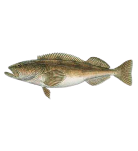
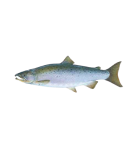
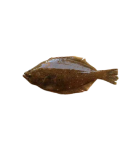
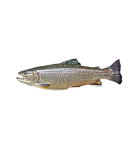
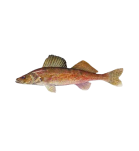
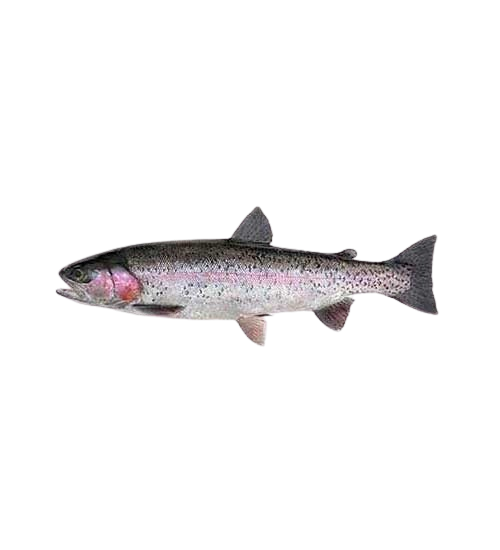
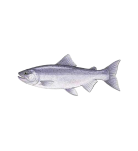
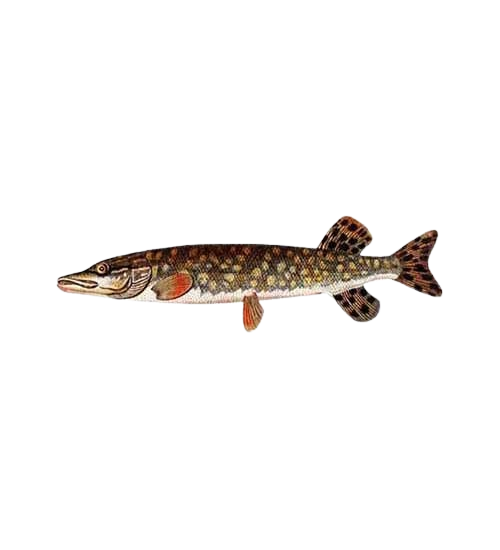
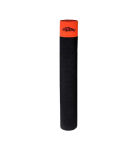
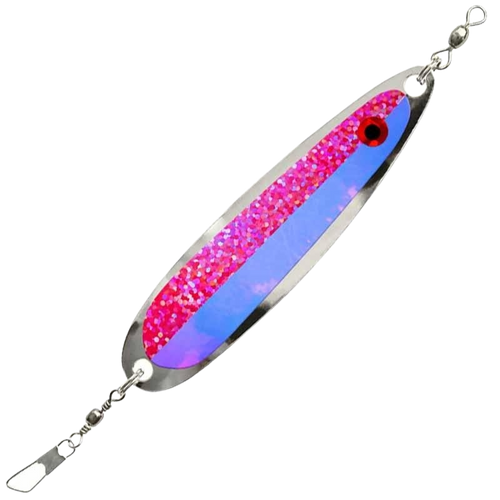
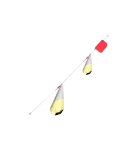
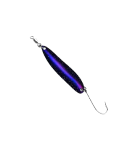
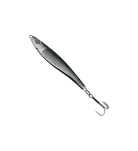
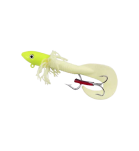
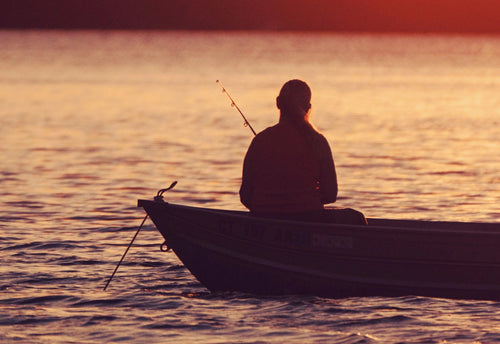
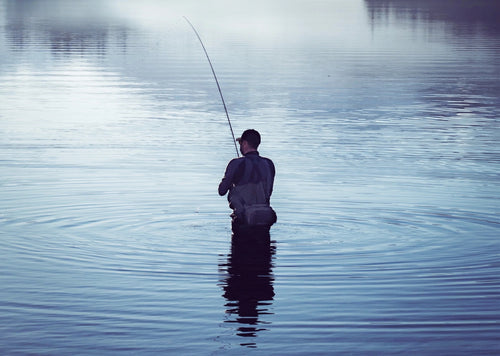
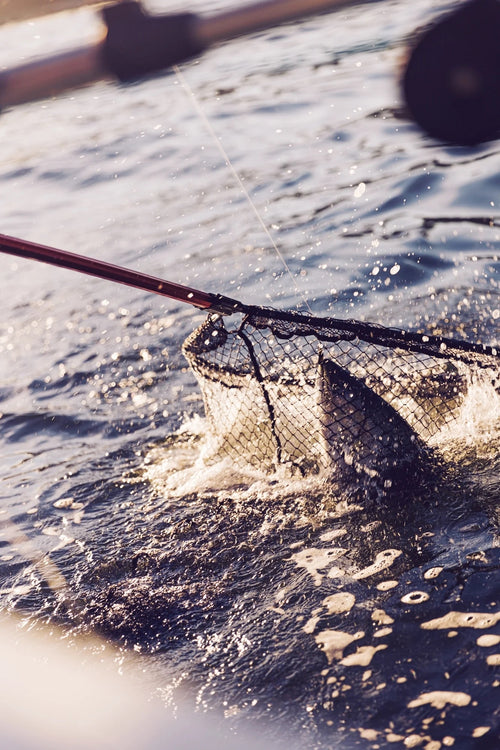
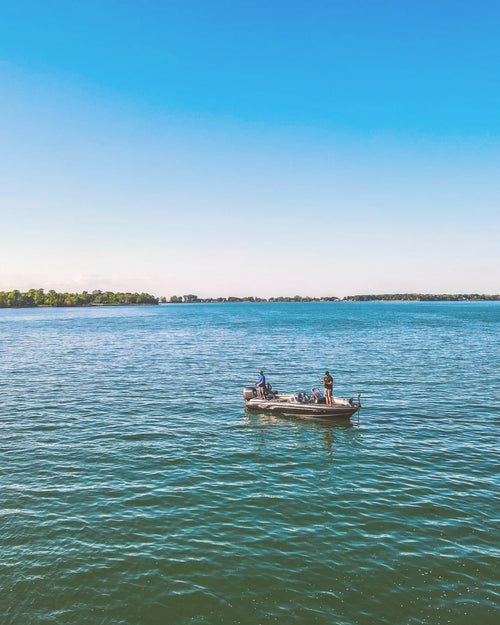
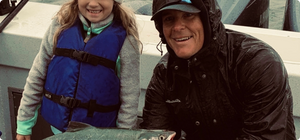
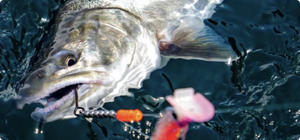
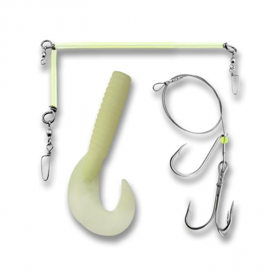
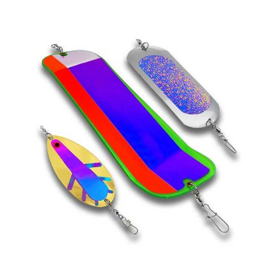
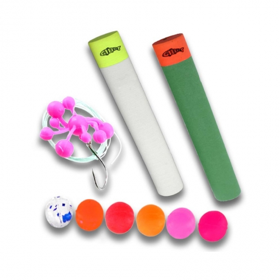
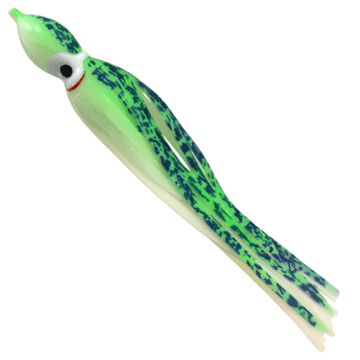
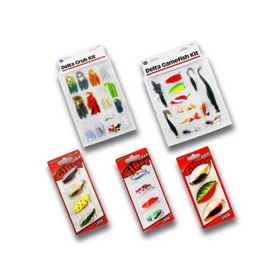
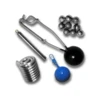
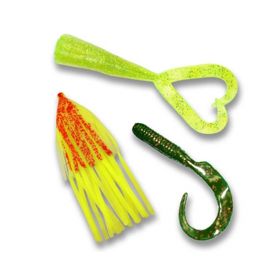
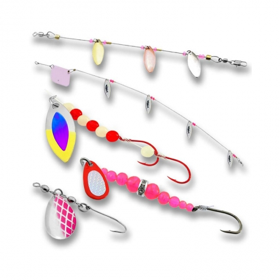
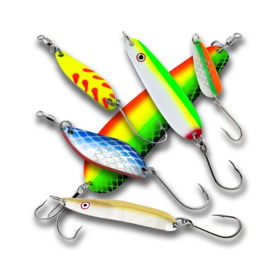
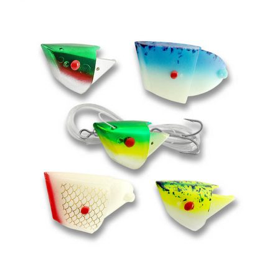
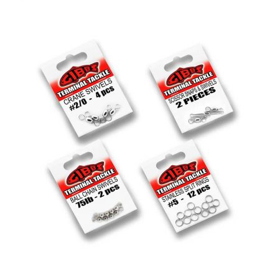
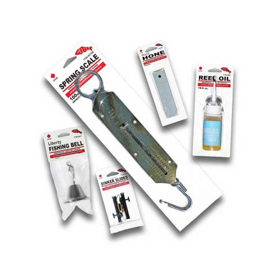
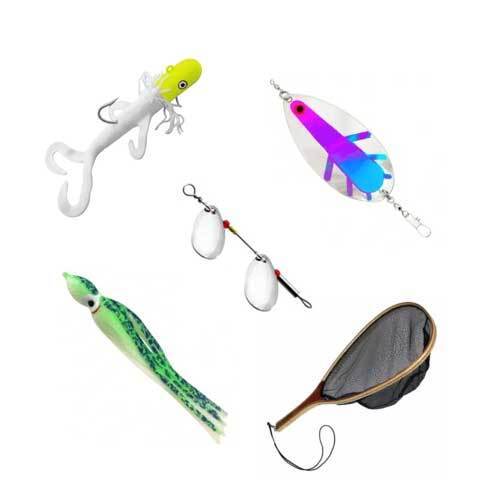
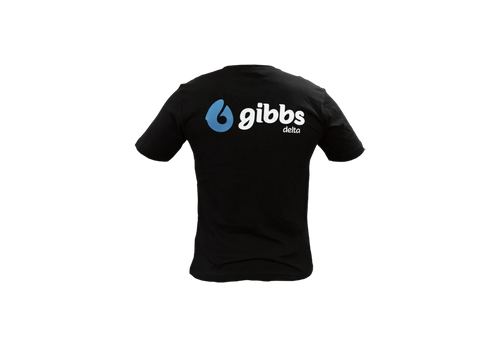
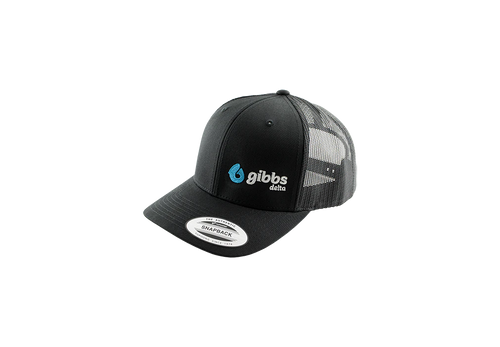

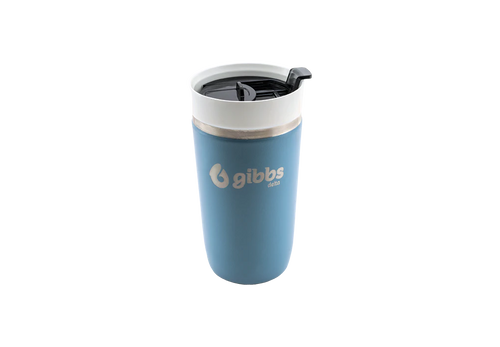
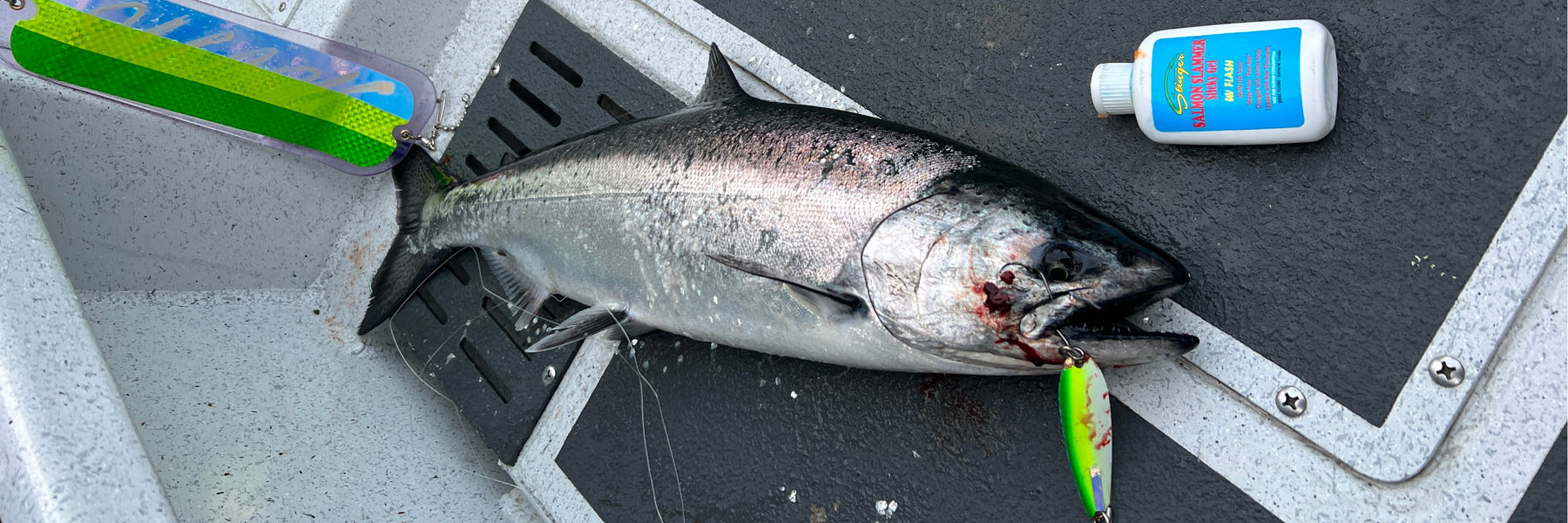




Leave a comment